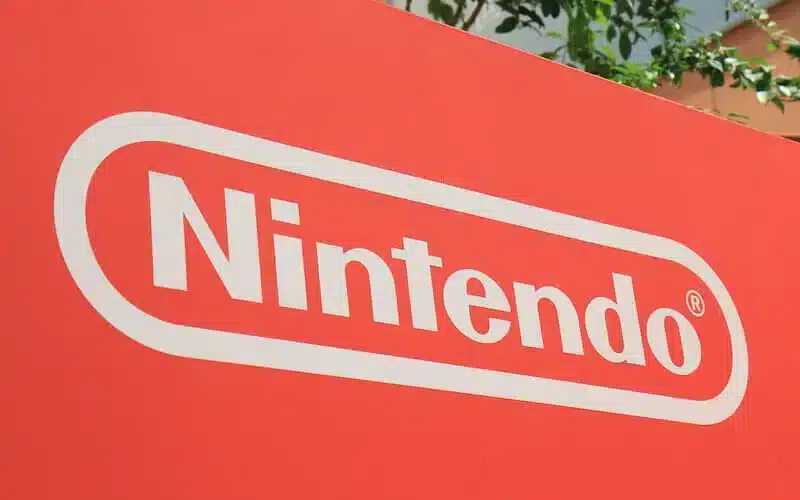According to newly released documents, Nintendo has applied for a patent for a fresh virtual reality (VR) device.
A patent newly published on November 16, 2023, describes a goggle-like device for an image display system, reminiscent of the Nintendo Labo VR system. The initial filing date was July 26, 2023, and interestingly, the priority date, representing the first filing, goes back to March 20, 2019, with Japan as the country of origin.
Nintendo Labo, a previous attempt of Nintendo for a VR, received a mixed response, there’s speculation that Nintendo might be gearing up for another try at VR, especially in conjunction with their upcoming next-generation consoles.
The company has a track record of exploring various gaming technologies, achieving successes such as the Wii, Wii U, and Switch.
The patent filings for the Nintendo VR device are categorized under various areas, such as video games, optical systems, stereoscopic video systems, and 3D model manipulation tools. Examining these classifications, the Nintendo VR device is described to include:
- Head-mounted heads-up displays: This refers to a display that you wear on your head and provides information without obstructing your view.
- Virtual cameras with changing parameters: The device includes cameras that can simulate different settings or perspectives in a virtual environment.
- Multi-view video systems with image reproducers: It involves systems that can show multiple views simultaneously and reproduce images.
- Mixed reality, incl. images for computer graphics: The device is designed to blend virtual and real-world elements, including computer-generated images.
- Optical systems or apparatus with display position adjusting: The VR device has mechanisms for adjusting the position of the display for optimal viewing.
- Input arrangements for transferring data: There are methods in place for transferring data, likely referring to user inputs or interactions with the device.
- Dynamically adapting the virtual camera to keep a game object or game character in its viewing frustum, e.g. for tracking a character or a ball: The virtual camera in the device adjusts dynamically to ensure that important game elements, like characters or objects, stay within the user’s view.
- Data monitoring related to the user e.g. head-tracking, eye-tracking: The device includes features for monitoring user data, such as head and eye movements, likely for tracking and enhancing the virtual experience.
Also Read: Roblox CEO Envisions NFTs’ Future In Gaming Space






